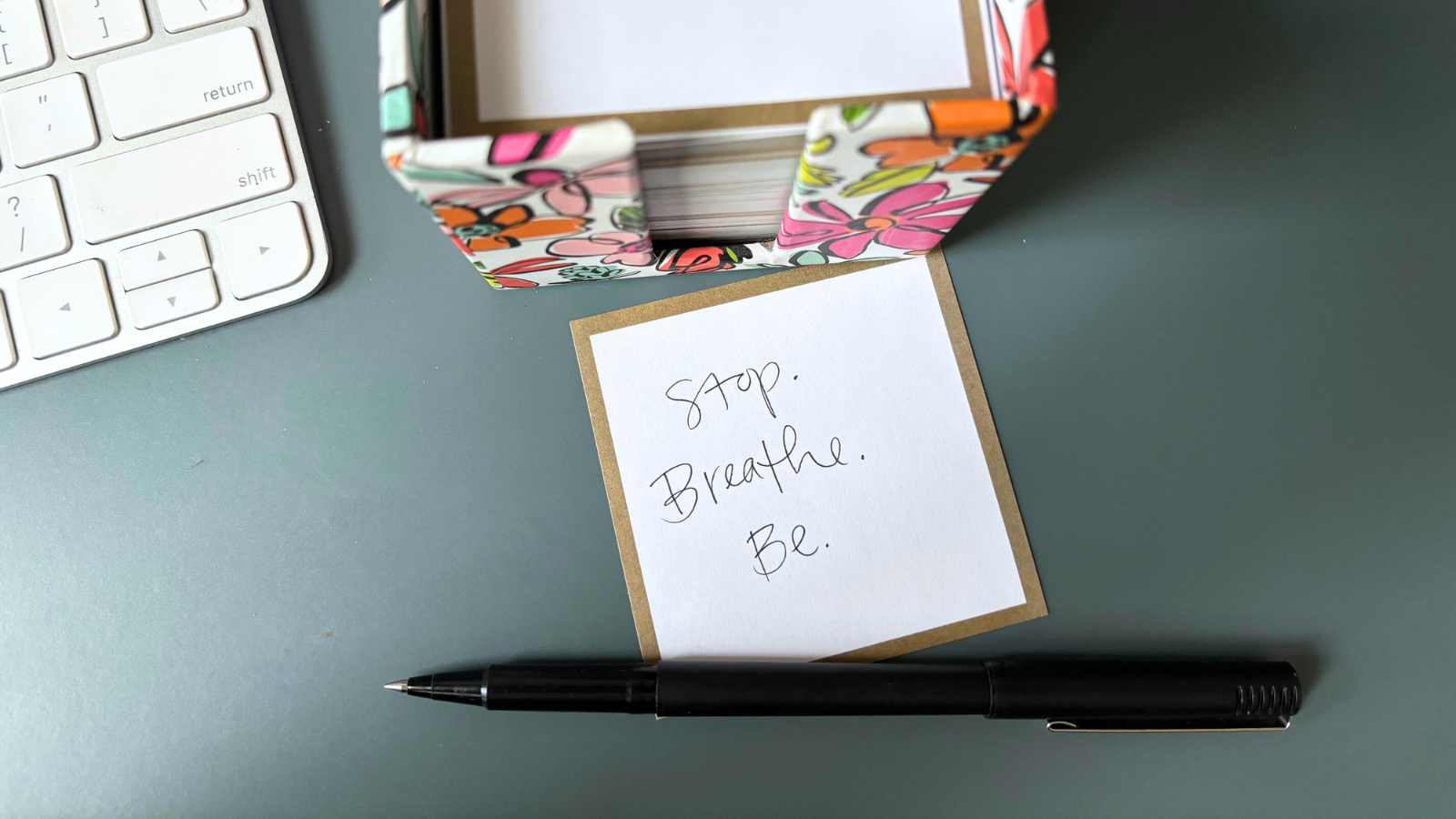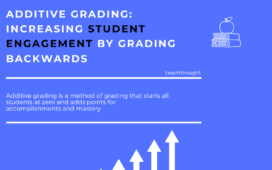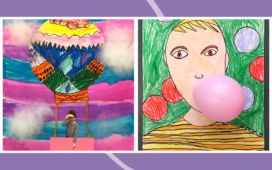
As teachers prepare to head back to the classroom, we often set goals about mental health and personal well-being in addition to all the planning we do to educate our students. I have been a teacher for nine years, and every year I make plans to have a more balanced, sane school year. This year will be different, I think as I read articles with titles like “25 Mindful Tips for Your Classroom” and “Lunch Break Yoga for Teachers.” I have downloaded meditation apps, signed up for gym memberships, and purchased the viral glassware containers for meal prep. I convince myself I’m motivated and ready, but by October I feel the way I do every year: burned out, exhausted, and barely hanging on until fall break.
It turns out our bodies can’t handle big lifestyle overhauls like the ones I was attempting every August. In fact, if teachers want to combat burnout and build resistance to stress, we should follow the “Rule of Two.”
The “Rule of Two”
This idea comes from Dr. Aditi Nerurkar, Harvard physician and author of the book The 5 Resets: Rewire Your Brain and Body for Less Stress and More Resilience. Nerurkar describes the rule this way: “When it comes to how your brain responds to change, even positive change registers as stress to your brain. You may have the best of intentions to improve yourself … but you can make only two new changes at a time if you want those changes to last and be sustainable.”
For example, if you want to prioritize sleep, work out after school, eat healthier, and stay on top of grading this school year, then you should start with the two habits that have the biggest impact on your stress and energy. Try going to bed by 10 p.m. and time-blocking 25 minutes at a time to solely focus on grading. Once these lifestyle changes become part of your routine, then you can consider adding new ones.
Doing less isn’t lazy—it’s more effective
Often the narrative around teaching is that we are superheroes going above and beyond for our students. I frequently found myself thinking that I should be able to handle the stress I was experiencing at work. I thought I just needed to work harder or try a different strategy. But the Rule of Two reminds us that we are humans with limitations, and we deserve self-compassion and grace when we decide to make positive changes in our lives. This approach values small, consistent progress over flashy transformations, and it reminds us that progress takes time.
Nerurkar’s book goes on to explore five areas where her readers can reset their stress, and she provides practical, cost-free solutions for how to do it. So this school year, I am trying something different. Instead of tackling well-being in all areas of my life all at once, I’m focusing on one thing, one month at a time.
First up: the Stop-Breathe-Be technique
To start this year, I am adding a three-second mindfulness technique that Nerurkar describes in her book as Stop-Breathe-Be. The technique is simple: You physically stop moving and get still, then you breathe. We breathe all day long, but take this moment to notice your breath as it moves in and out. Really focus on a deep inhale and exhale.
Finally, you remind yourself to just be. Feel what it is like to be in your body, in this room, at this very moment. This strategy is all about strengthening the mind-body connection, which is a great tool for teachers to regulate and manage stress at work.
This technique works best when it is attached to routines you already do regularly, like making coffee, turning on the lights …
Do it while grading papers or checking emails. I teach multiple classes throughout the day, and I plan to practice this habit before each one. While this is something you can do on your own privately, it is also a technique that you can do collaboratively with your students or colleagues. Incorporate Stop-Breath-Be before staff meetings or during morning meetings with elementary students, or use it as part of bell work for older kids.
Teachers have an incredibly important job, but we should also be able to live full, vibrant lives outside of work.
This school year, make space for yourself in small, consistent ways that will actually fit inside your life. You don’t need a list of 37 mindfulness activities, you just need one—one at a time.















